5. Sustainable Packaging Trends: Attractiveness Meets Responsibility
Episode 5: Sustainable Beauty - Balancing Attractiveness and Eco-Friendliness in Packaging
Introduction: The New Era of Packaging
As we conclude our miniseries on the attractiveness of packaging, we turn to one of the most pressing challenges and opportunities for brands today: sustainable packaging. With growing environmental awareness, consumers increasingly demand products that not only look appealing but also align with eco-friendly values. This final edition explores how companies balance aesthetics and sustainability in packaging, with up-to-date examples and insights from the European Union (EU), Latin America (LatAm), and the United States (US).
The Rise of the Eco-Conscious Consumer
In recent years, sustainability in packaging has shifted from a niche concern to a mainstream priority for consumers worldwide. A 2023 McKinsey & Company report found that 66% of consumers consider sustainability when making a purchase, and 43% are willing to pay more for eco-friendly packaging solutions. This shift is driven by heightened awareness of global environmental issues such as plastic pollution, climate change, and resource depletion, making sustainable packaging practices a key market expectation.
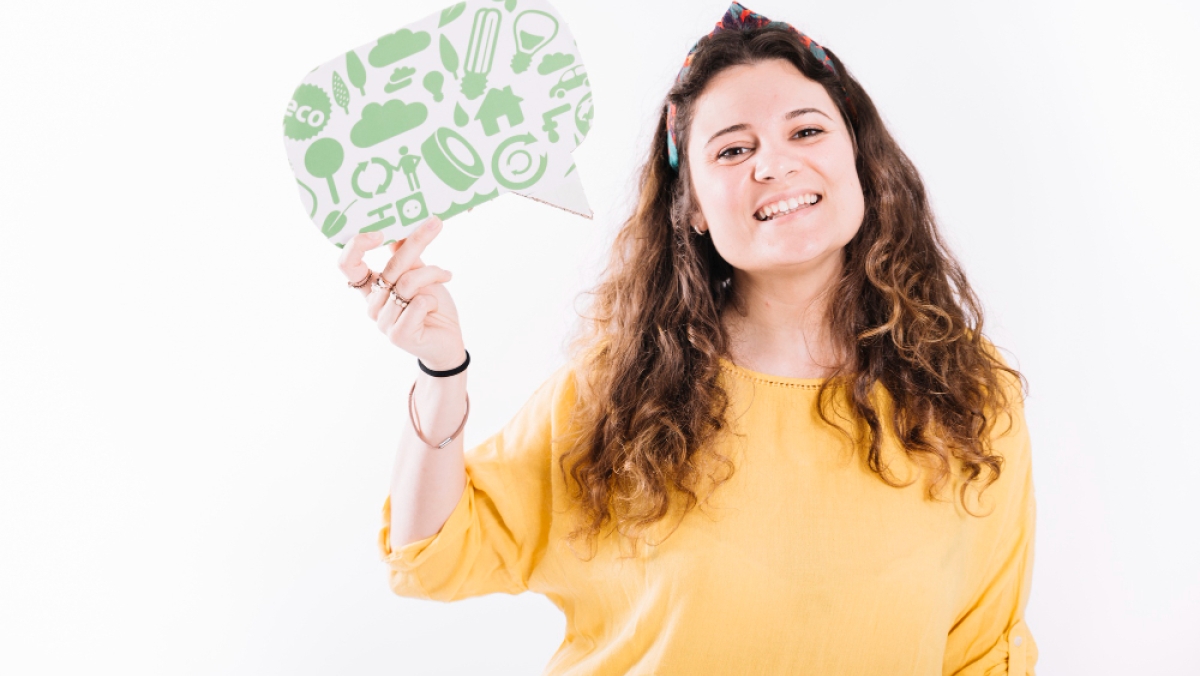
Gen Z and Millennials are Leading the Change in Sustainable Choices
Younger generations, particularly Gen Z and Millennials, are driving the shift toward sustainable packaging practices. A 2022 Deloitte study revealed that 72% of Gen Z consumers are willing to pay a premium for eco-friendly and environmentally responsible products. These demographics also exert significant influence through social media, amplifying the demand for sustainable solutions across multiple industries.

How Sustainability Impacts Brand Loyalty and Reputation
Sustainability has evolved from a differentiator into a key driver of brand loyalty and reputation. Brands that demonstrate a genuine commitment to eco-friendly packaging and environmental responsibility are more likely to gain consumer trust and long-term loyalty. In contrast, companies perceived as neglecting sustainability risk losing market share and facing public backlash.
Global Regulatory Pressures and Industry Standards for Packaging
Alongside consumer demand, regulatory frameworks are increasingly mandating sustainable packaging practices.
- European Union: The EU has been proactive with ambitious environmental regulations. The European Green Deal (2019) set the goal of a climate-neutral Europe by 2050, with a strong focus on the circular economy. In 2022, the EU proposed the Packaging and Packaging Waste Regulation, which sets targets for reducing waste, increasing recycling rates, and mandating reusable packaging systems.
- Latin America: Several countries are advancing sustainability laws. Chile banned single-use plastics in food service establishments in 2021, positioning itself as a regional leader. Brazil’s National Solid Waste Policy promotes recycling and proper waste management across industries, reinforcing sustainable packaging practices.
- United States: IIn the US, regulations vary by state. California’s Senate Bill 54 (2022) requires all packaging to be recyclable or compostable by 2032 and mandates a 25% reduction in single-use plastic packaging. At the federal level, the reintroduction of the Break Free From Plastic Pollution Act signals growing legislative focus on eco-friendly packaging solutions.
Key Strategies for Achieving Sustainable and Attractive Packaging
Reducing reliance on virgin materials by incorporating recycled content and ensuring recyclability at the end of the product’s life cycle.
1. Utilizing Recycled and Recyclable Materials in Packaging
Reducing reliance on virgin materials by incorporating recycled content and ensuring recyclability at the end of the product's life cycle.
- EU Example: Unilever: the company is committed to making all plastic packaging reusable, recyclable, or compostable by 2025. In 2023, Dove launched bottles made from 100% recycled plastic across Europe, maintaining a clean and premium aesthetic while guiding consumers with clear recycling instructions.
- LatAm Example: Coca-Cola FEMSA: the largest Coca-Cola bottler in Latin America introduced bottles made from 100% recycled PET in Mexico and Colombia. Its Bottle-to-Bottle initiative reduces plastic waste and educates consumers through engaging packaging designs.
- US Example: Nike: in 2023, Nike unveiled shoe boxes made entirely from recycled cardboard and printed with soy-based inks. The minimalist, modern design aligns with the brand’s image while promoting sustainability as part of Nike’s Move to Zero campaign.
2. Adopting Minimalist and Lightweight Packaging Designs
Reducing material usage through efficient design, leading to lower resource consumption and decreased transportation emissions.
- EU Example: IKEA: known for its flat-pack philosophy, IKEA continuously works to minimize packaging volume. In 2022, the company introduced redesigned packaging that reduced material use by 30% and cut transport emissions, while maintaining both functionality and design appeal.
- LatAm Example: Natura &Co: in 2023, Natura redesigned its product packaging to be more compact and lightweight, reducing material use by 20%. The new packaging preserves the company’s elegant, natural look while aligning with its long-term goal of using 100% renewable or recycled materials by 2030.
- US Example: Amazon: responding to customer feedback and environmental concerns, Amazon expanded its Frustration-Free Packaging program in 2022. The initiative emphasizes minimalist, recyclable packaging that reduces waste while enhancing the customer experience.
3. Incorporating Biodegradable and Compostable Materials
Using materials that naturally decompose, reducing long-term environmental impact and addressing issues related to plastic pollution
- EU Example: Waitrose & Partners: in 2023, the UK retailer introduced compostable packaging for its organic produce line. Made from plant-based materials, it decomposes within 12 weeks in home composting conditions. The design uses earthy tones and clear eco-labeling to reinforce its sustainable message.
- LatAm Example: Grupo Éxito: one of Colombia’s largest retailers launched biodegradable bags and packaging for bakery products in 2022. These designs maintain freshness while incorporating cultural motifs, appealing to eco-conscious consumers and supporting local identity.
- US Example: Stonyfield Organic: in 2023, the brand transitioned its yogurt packaging to plant-based, compostable alternatives. The colorful and inviting design highlights sustainability, while on-pack instructions educate consumers on how to compost the materials effectively.
4. Implementing Refillable and Reusable Packaging Systems
Encouraging repeated use of packaging through durable designs and convenient refill systems, significantly reducing waste over time.
- EU Example: L'Occitane en Provence: The French beauty brand expanded its refillable packaging program in 2023, offering durable containers and eco-refills for a wide range of products. The pouches use 90% less plastic than standard packaging, combining luxury appeal with sustainability. This initiative highlights how premium brands can embrace reusable packaging systems without compromising aesthetics.
- LatAm Example: Algramo: A Chilean startup revolutionizing packaging by providing refill stations for staple products like detergents and cooking oil. Customers use smart, reusable containers equipped with RFID technology, earning discounts and tracking environmental impact. The sleek and functional design makes sustainable shopping accessible and attractive, leading to rapid expansion across Latin America.
- US Example: Loop by TerraCycle: Loop’s reusable packaging platform partners with major brands like Procter & Gamble and Nestlé. Consumers purchase everyday products in stylish, durable, returnable containers that are collected, cleaned, and refilled. Expanded across the US in 2023, Loop demonstrates how refillable packaging systems can scale while enhancing the consumer experience.
5. Leveraging Smart Packaging for Consumer Engagement and Traceability
Integrating technology into packaging to enhance consumer interaction, provide product information, and improve supply chain transparency.
- EU Example: Carlsberg Group: The Danish brewing company unveiled its "Fibre Bottle" in 2022, made from sustainably sourced wood fibers and an inner plant-based lining. The innovative design is fully recyclable and maintains beer quality, showcasing Carlsberg's commitment to sustainability and innovation. The bottle's natural texture and modern aesthetics set it apart on shelves, appealing to eco-conscious consumers.
- LatAm Example: Corona: In 2022, the Mexican beer brand launched biodegradable six-pack rings made from barley and wheat remnants. These innovative materials safely decompose in natural environments, tackling marine plastic pollution. The design maintains Corona’s iconic branding while embedding sustainability into a core packaging element.
- US Example: Dell Technologies: In 2023, Dell expanded its use of mushroom-based packaging for electronics. This biodegradable material, grown from agricultural waste and mycelium, protects products effectively while eliminating plastic. The minimalist design positions Dell as a leader in eco-friendly packaging innovation and appeals to environmentally conscious consumers.
The Business Benefits of Sustainable Packaging
Sustainable packaging is not only an environmental imperative but also a significant business opportunity. By adopting eco-friendly packaging solutions, companies can unlock multiple advantages:
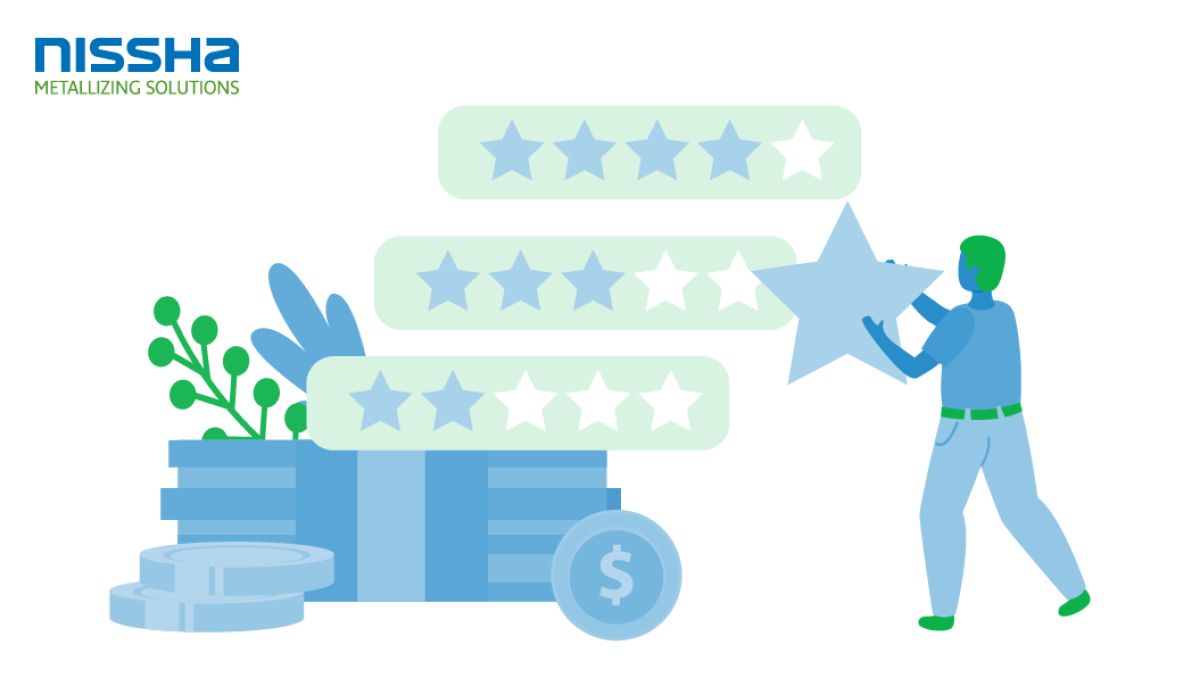
Enhanced Brand Image and Customer Loyalty
Eco-friendly packaging builds trust and loyalty, with 70% of consumers valuing sustainability (IBM, 2022).
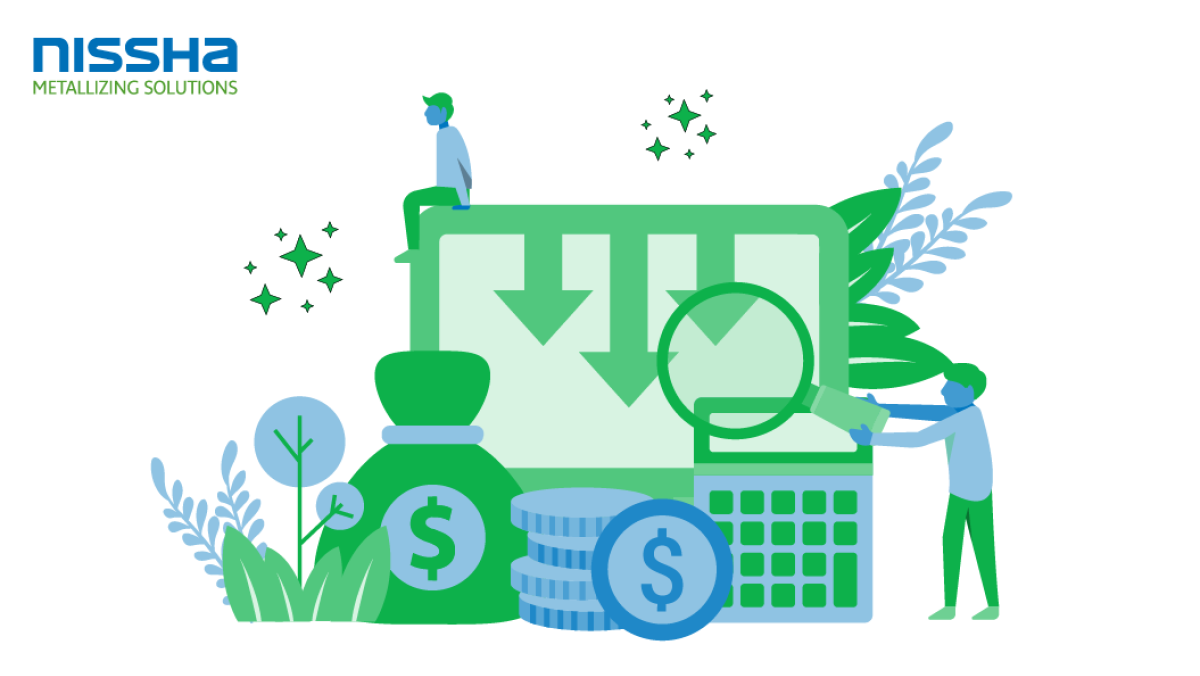
Cost Savings and Efficiency
Reducing materials and optimizing packaging design cuts costs in production, transport, and waste management
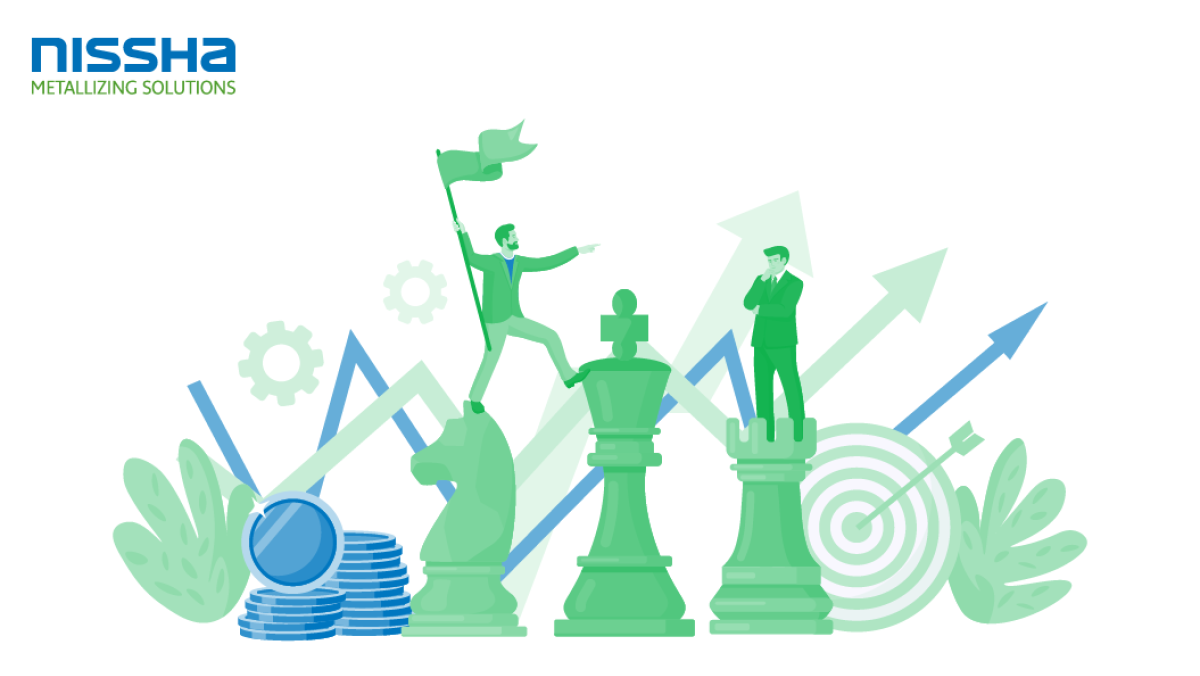
Competitive Advantage
Leading in sustainable packaging helps brands differentiate in crowded markets, attract eco-conscious consumers, and stay ahead of regulatory changes.
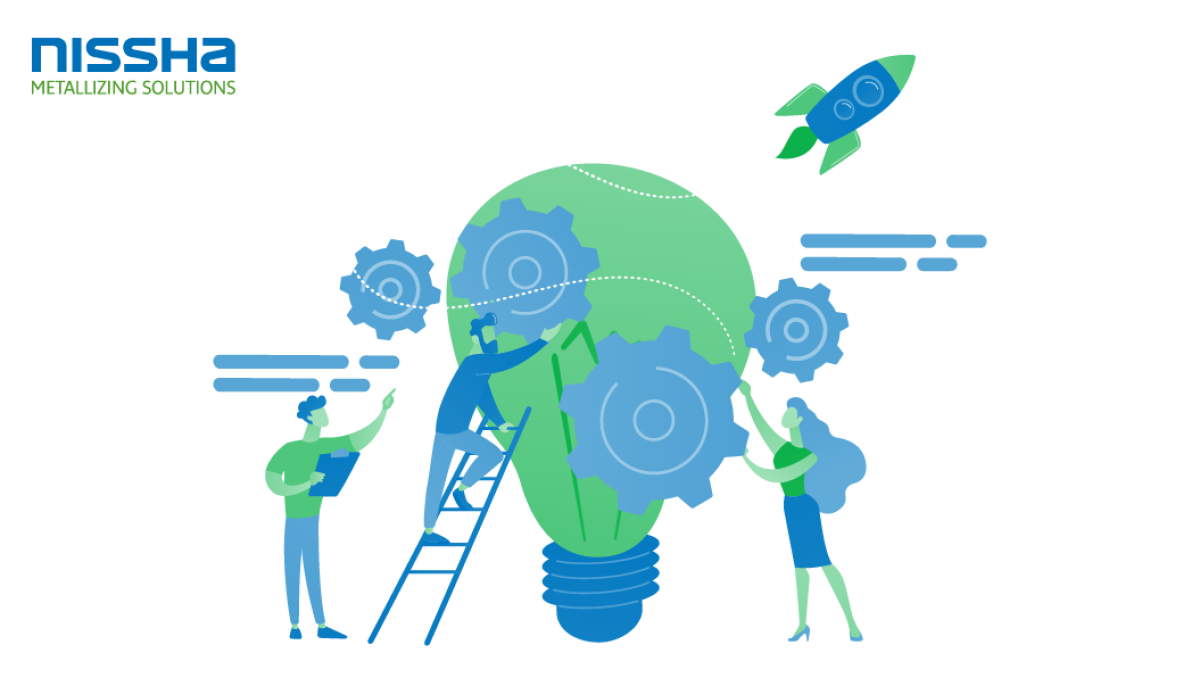
Innovation and Market Opportunities
Embracing sustainable materials and packaging technologies drives innovation and opens new market opportunities.
Sustainable packaging delivers a dual impact: it reduces environmental footprints while driving tangible business value, making it a cornerstone of long-term corporate strategy.
Conclusion: The Future of Packaging is Sustainable and Attractive
The journey towards sustainable and attractive packaging is dynamic and multifaceted. As consumer awareness grows and regulatory pressures intensify, brands are increasingly challenged to innovate. The examples from the EU, LatAm, and US demonstrate that it is possible to create packaging that is both visually appealing and environmentally responsible. By embracing recycled materials, minimalist designs, biodegradable options, refillable systems, and smart technologies, companies can meet the evolving demands of the market while contributing to a more sustainable future. The future of packaging lies in its ability to tell a compelling story of both beauty and responsibility.